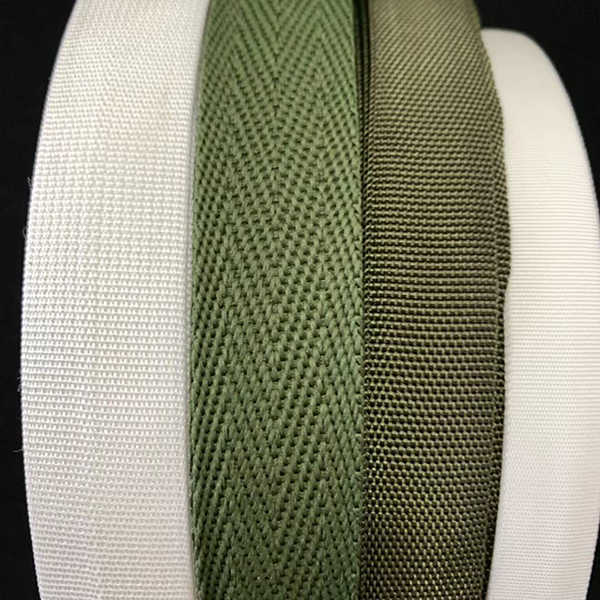Selvedge webbing There are several main reasons for the mildew of the products. First, the ribbon products need to go through the process of glue paddles. The glue is rich in protein and starch, which are the nutrients needed for mold survival and reproduction. Previously, anti mold substances such as ammonia and other preservatives were added to the glue to prevent mold growth, but in response to China's environmental requirements, These products are no longer added to the mucilage, so mold is easy to breed; Secondly, in the past, toluene, which plays the role of mildew prevention and corrosion prevention, was added to the dye when the ribbon was dyed, but also because of environmental protection in recent years, these products cannot be added; Then, the structure of the ribbon itself is loose, and it is easy to get damp in the humid air, while the uneven surface of the ribbon is easy to stay dust, and mold begins to grow and reproduce in the appropriate temperature and humidity environment. Mucor, Aspergillus flavus and other molds can grow.
The mould proof function of the edging webbing is to prevent the mildew, corrosion and mildew of the textiles stored in a humid environment for a long time. It can remove Aspergillus niger, Chaetomium globosum, etc. from the fabric, and prevent mold regeneration and reproduction, so as to improve the mildew resistance and anti-corrosion performance of marine textiles and clothing, bathroom supplies, swimming and skiing equipment.
The molding of the wrapped webbing will affect the beauty of the webbing, and the product quality will decline. Moreover, the mold has a fast propagation and reproduction speed, which is easy to expand the moldy parts and increase losses.
The finished textile is not irritating to the skin and does not need to use bridging agent containing formaldehyde, which meets the requirements of ecological textiles.


